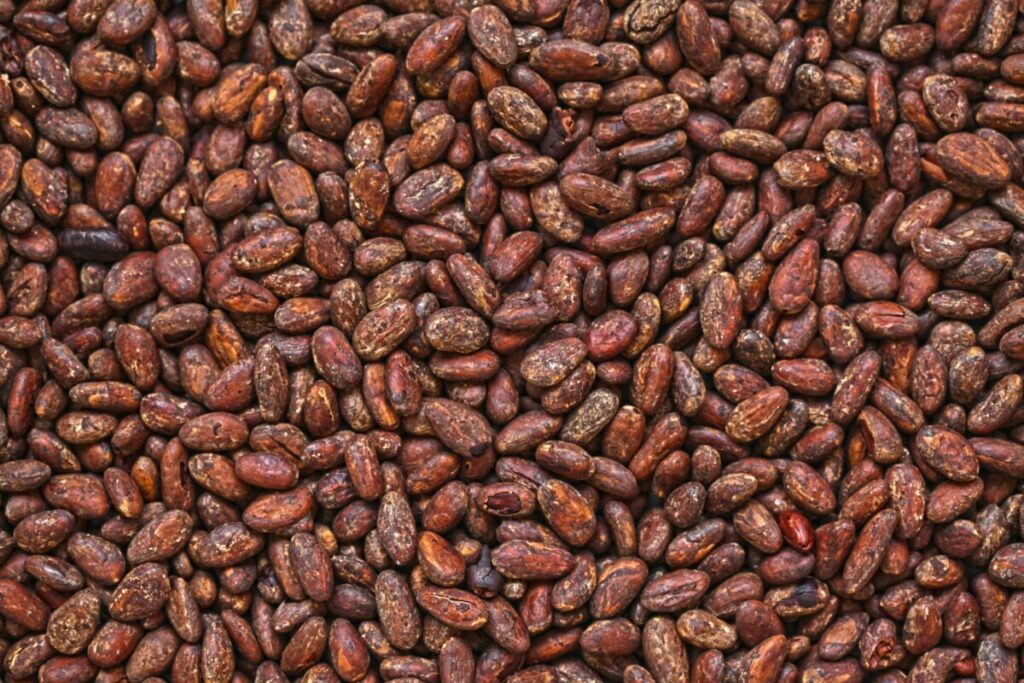The story of chocolate is one of the most fascinating tales in culinary history. Dating back thousands of years to the ancient civilizations of Mesoamerica, chocolate has captivated the hearts and taste buds of people all over the world. From its humble beginnings as a bitter drink with mystical and medicinal properties, to its status as one of the most popular treats in the world today, chocolate has undergone a remarkable transformation. In this article, we’ll explore the origins of chocolate, how it was introduced to Europe, and the evolution of the chocolate industry over the centuries.

Origins of Chocolate
Chocolate has a fascinating history that spans over several millennia. Its origins can be traced back to the ancient civilizations of Mesoamerica, where it was first consumed by the Maya and Aztecs. These societies used cacao beans to create a bitter drink that was believed to have both mystical and medicinal properties. The cacao beans were ground into a paste and then mixed with water, cornmeal, and chili peppers to create the beverage. This concoction was so highly valued that it was used as a form of currency in some cultures.
The history of chocolate is also intertwined with the religious practices of the Mesoamerican civilizations. The Aztecs believed that cacao beans were a gift from their god of wisdom, Quetzalcoatl, and that consuming the beans would bring them closer to the divine. They also used the beans in religious ceremonies and as offerings to their gods.
Introduction of Chocolate to Europe
The introduction of chocolate to Europe marked the beginning of a new era in the history of this beloved treat. Chocolate quickly became popular in Spain, where it was first introduced, and from there it spread to other European countries. In the early days, chocolate was still a luxury item that was only accessible to the wealthy. It was consumed primarily as a hot beverage and was believed to have medicinal properties.
However, as demand for chocolate grew, so did the need for innovation in its production. In the early 17th century, Dutch chocolate makers developed a process called “Dutching” that involved treating the cacao beans with alkaline salts. This process resulted in a smoother, less bitter chocolate that could be used in a wider range of applications. Dutch chocolate soon became popular throughout Europe, and it remained the dominant type of chocolate until the mid-19th century.
During the 18th century, chocolate began to be produced in large quantities in England and other parts of Europe. This was made possible by the introduction of new technologies, such as steam power and hydraulic presses, which allowed for more efficient and cost-effective production methods. The popularity of chocolate continued to grow, and by the end of the 19th century, it had become a staple of European cuisine.
In addition to its culinary uses, chocolate also played a role in European culture and social customs. For example, in the 18th century, chocolate houses began to spring up in England, where people would gather to drink hot chocolate and socialize. Chocolate was also given as a gift on special occasions, and it was sometimes used as a form of currency.

Industrialization of Chocolate
The industrialization of chocolate brought about many changes in the production and distribution of chocolate. With the mass production of chocolate, it became more affordable and accessible to a wider range of people. The process of chocolate production became more efficient, and new flavors and variations of chocolate were introduced.
In addition to the hydraulic press and the invention of milk chocolate, other technological innovations also played a significant role in the industrialization of chocolate. For example, the conching machine, which was invented by Swiss chocolatier Rodolphe Lindt in 1879, made it possible to produce chocolate with a smooth and silky texture. This machine kneads and heats the chocolate mixture to refine its texture and flavor.
As the industrialization of chocolate continued, new chocolate products emerged, such as chocolate bars, chocolate chips, and chocolate spreads. The popularity of chocolate grew and it became a staple in households all over the world. However, concerns about the labor practices and environmental impact of cocoa farming also arose during this time, leading to efforts to promote sustainable and ethical practices in the chocolate industry.
Modern Chocolate Industry
The global chocolate industry has been facing increased scrutiny over the past few decades, as issues such as child labor and poverty have come to light in the countries where cocoa is grown. Despite efforts by some companies to address these issues, they continue to persist.
In recent years, there has also been a growing awareness of the environmental impact of cocoa farming. Deforestation, the use of pesticides and fertilizers, and the depletion of natural resources are all concerns associated with cocoa farming. Some chocolate companies have made efforts to source their cocoa from sustainable and ethical sources, but progress has been slow.
In addition to these challenges, the modern chocolate industry is also facing changing consumer preferences. Health concerns related to sugar and fat consumption have led many consumers to seek out healthier alternatives to traditional chocolate. As a result, some companies are developing low-sugar and low-fat chocolate products, while others are exploring the use of alternative sweeteners and ingredients.
Despite these challenges, the chocolate industry continues to innovate and adapt to changing consumer preferences. New flavor combinations, premium chocolate offerings, and innovative product formats are just a few examples of how the industry is evolving. With its long and rich history, it is clear that chocolate will continue to captivate consumers for years to come.
Despite its complex history and the challenges it faces today, chocolate remains one of the most beloved and popular treats in the world. From its humble beginnings as a bitter drink enjoyed by the ancient civilizations of Mesoamerica to its status as a global industry today, chocolate has captured the hearts and taste buds of people all over the world.
